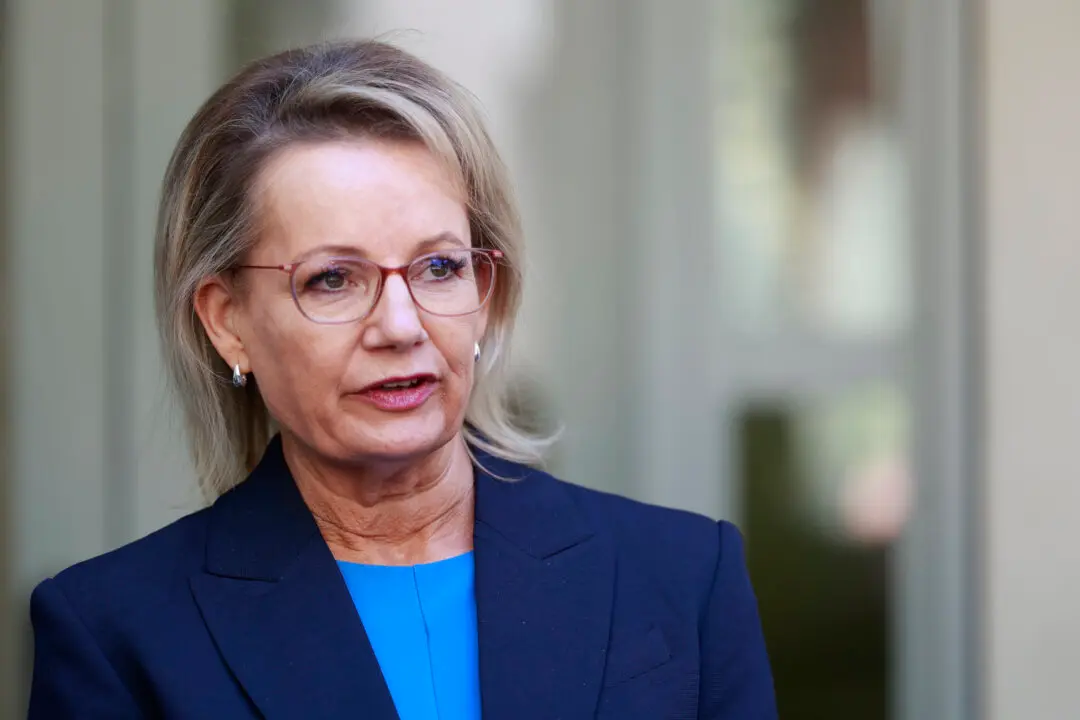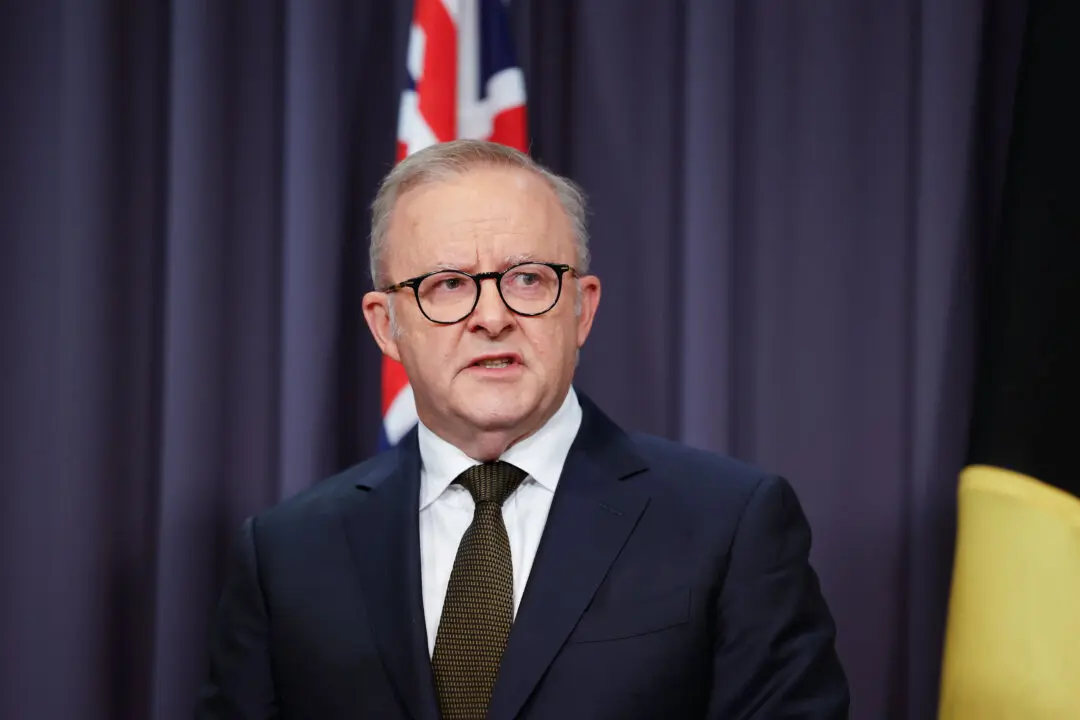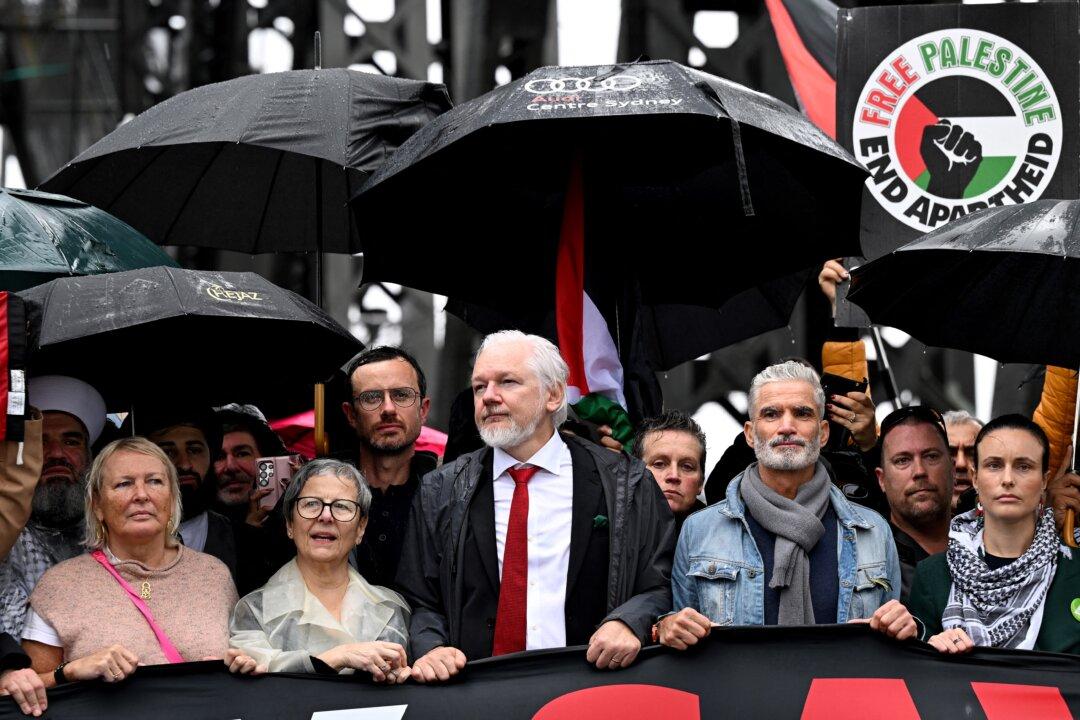As Queensland goes to the polls in the next 24 hours, the Property Council of Australia has urged all candidates to commit to fast-tracking the delivery of housing supply and providing more roofs over heads.
According to the Council, home building has ground to its slowest since 2013, with only 6,948 new homes built in the March quarter of 2024.





